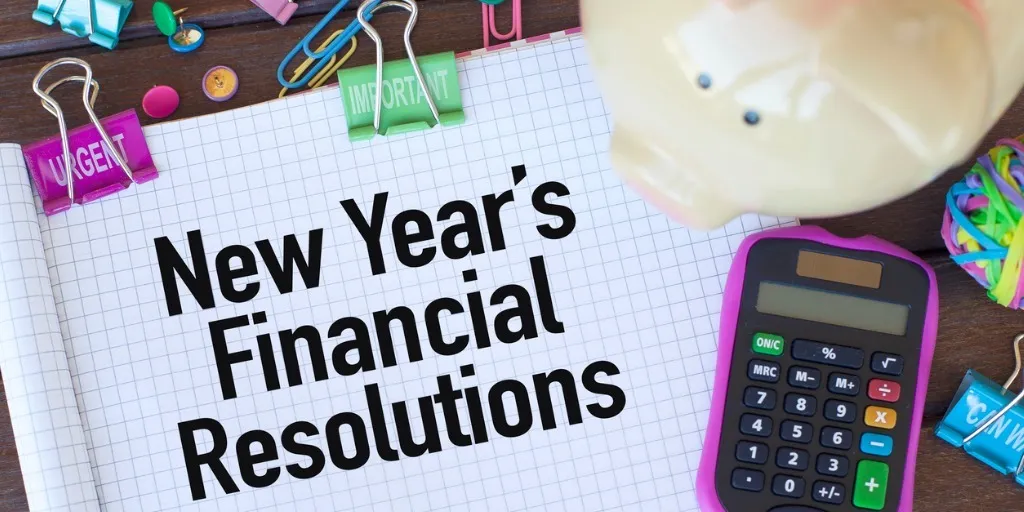10 Tips for Freelancers to Get Started

Are you thinking of starting freelancing in 2023? Whether you’re a recent graduate, unemployed, or simply looking for a new challenge, freelancing can be a great option. But where do you start? This guide will walk you through everything you need to know to get started as a freelance writer, marketer, web developer, or whatever else you may want to do. So what are you waiting for? Let’s get started!
1. Research the Service You Want to Offer
To start freelancing, the first step is to research the service you want to offer. This will help you determine what skills and experience you need to be successful in your chosen field. Additionally, researching the market for your services will give you a better understanding of the demand for your particular skill set. Finally, knowing your competition will help you set your rates and marketing strategy accordingly. With a little research, you will be well on becoming a successful freelancer.
2. Find a Profitable Niche
Now that you’ve decided to jump into freelancing, it’s time to start thinking about what kind of work you want. This can be a daunting task, especially if you don’t have any previous experience in the field. However, by considering your options and finding a profitable niche, you’ll be well on your way to success.
One of the best ways to find a profitable niche is to think about what kinds of skills you have. What are you good at? What do you enjoy doing? Once you have a list of potential areas, start doing some research. See what kinds of freelancers are in demand and look for opportunities that fit your skills.
Another great way to find a profitable niche is to network with other freelancers. Talk to people already doing what you want to do and see what they recommend. They may have some great ideas that you hadn’t considered before.
3. Choose a Platform
There are many different freelancing platforms available, so choosing the one that best suits your needs is important. Research and read reviews to find a platform that offers good pay and a good reputation.
4. Create a Profile
It is time to create a profile showcasing your skills and experience. Think of your profile as your marketing collateral – it is an opportunity for you to sell yourself and convince potential clients that you are the right person for the job.
Here are a few tips for creating a stand-out profile:
-
•
Use a professional-looking photo – this will help you build trust with clients.
-
•
Write a clear and concise summary of your skills and experience.
-
•
Include relevant keywords throughout your profile to appear in search results.
-
•
Highlight your successes and positive feedback from past clients.
-
•
Use a consistent tone and voice throughout your profile – remember, this is your brand!
By following these tips, you will be well on creating a strong profile that will attract high-quality clients.
5. Build a Portfolio
Building a portfolio is one of the most important steps when beginning your freelancing career. Not only will it showcase your skills and experience to potential clients, but it will also help you land jobs and grow your business. When creating your portfolio, be sure to choose the right platform and include only your best work. With a little effort, you can create a portfolio that will impress clients and help you land the jobs you want.
6. Determine Your Rates

As a freelancer, you will be responsible for determining your rates. When setting your rates, a few things to consider include the type of work you will be doing, your experience level, and the market rate for similar services. Once you have determined your rates, communicate them clearly to potential clients.
When setting your rates, it is essential to be competitive with other freelancers in your field. However, you should also know the market rate for similar services. Be sure to research the going rates for your type of work before setting your rates. Finally, when your rates are set and you have a client, another important thing to consider is streamlining the invoicing process. You can do this by using invoice and Receipt Template. This simplifies the administrative aspect of your business and presents a more professional image to your clients.
7. Find Your Clients
There are many ways to find clients as a freelancer. You can search job boards and online classifieds or use your network to find potential clients. You can also attend networking events or meetups to connect with potential clients. Once you’ve found a few potential clients, reach out and introduce yourself.
Share your portfolio or work samples, and explain why you’re the perfect freelancer for the job. Then, if the client is interested, follow up and seal the deal! Once you have the client, you must discuss their preferred payment method. Typically, people use a money transfer app to send money. It’s secure, fast, and doesn’t include any hidden charges, making it an efficient choice for handling payments.
8. Set Your Goals
When you’re just starting as a freelancer, it can be tough to know what your goals should be. Do you want to make a certain amount of money? Find a certain number of clients. Work a certain number of hours per week? It’s also important to set goals for yourself to have something to strive for. It’s also important to set goals for yourself to have something to strive for.
Think about what you want to achieve in the short and long-term, and then set specific goals that you can work towards. For example, your goals could be to find 3 new clients within the next month or to increase your rates by 10% within the next 6 months.
Whatever your goals may be, write them down and refer back to them often so you can stay on track.
9. Build Your Brand
The 9th step to take when starting your freelance career is to build your brand. You must create a name and image for yourself that potential clients can recognize and trust. This means having a solid online presence and creating high-quality content that showcases your skills and expertise. If you can establish yourself as an expert in your field, you’ll likely land steady work as a freelancer.
10. Don’t Give Up

The most crucial step to take when starting freelancing is not to give up. It can be easy to get discouraged in the beginning stages, but it’s important to remember that success takes time and perseverance. Don’t be afraid to put in the hard work; eventually, you will see the fruits of your labor. Stay positive, and don’t give up on your dream of being a successful freelancer. With time and dedication, you can make it happen.
Conclusion
If you’re looking for ways to start freelancing, we hope this article gave you some great ideas. It can be a lot of work to start as a freelancer, but it’s worth it in the long run. Follow these 10 steps, and you’ll be on your way to a successful freelance career!
FAQs
There are a few things that any beginner should keep in mind when starting freelancing. The most important thing is to have a clear idea of what services you can offer and your particular skills. It is also crucial to be able to market yourself to attract clients. Building a strong portfolio is another key aspect of becoming a successful freelancer.
One of the best ways to get started in freelancing is to join one of the many online communities and forums dedicated to this topic. Here, you can connect with other freelancers, learn from their experiences, and find potential clients. You can also search for opportunities through online job postings or social media platforms like LinkedIn. Once you have a few clients, it is vital to deliver quality work promptly to build a good reputation.
The short answer is yes. However, finding work may be more challenging and could require you to work for lower rates than experienced freelancers. To increase your chances of success, consider taking online courses or workshops to learn more about freelancing and how to be a successful freelancer. With some effort, you can build your portfolio and attract clients willing to pay for your services.
Most freelancers get paid by the hour, but some may get paid per project. It varies depending on the client and what work is being done. Generally speaking, freelancers invoice their clients for hours worked plus any expenses incurred during the project. The client then pays the freelancer via check, bank transfer, or a payment system like PayPal.




